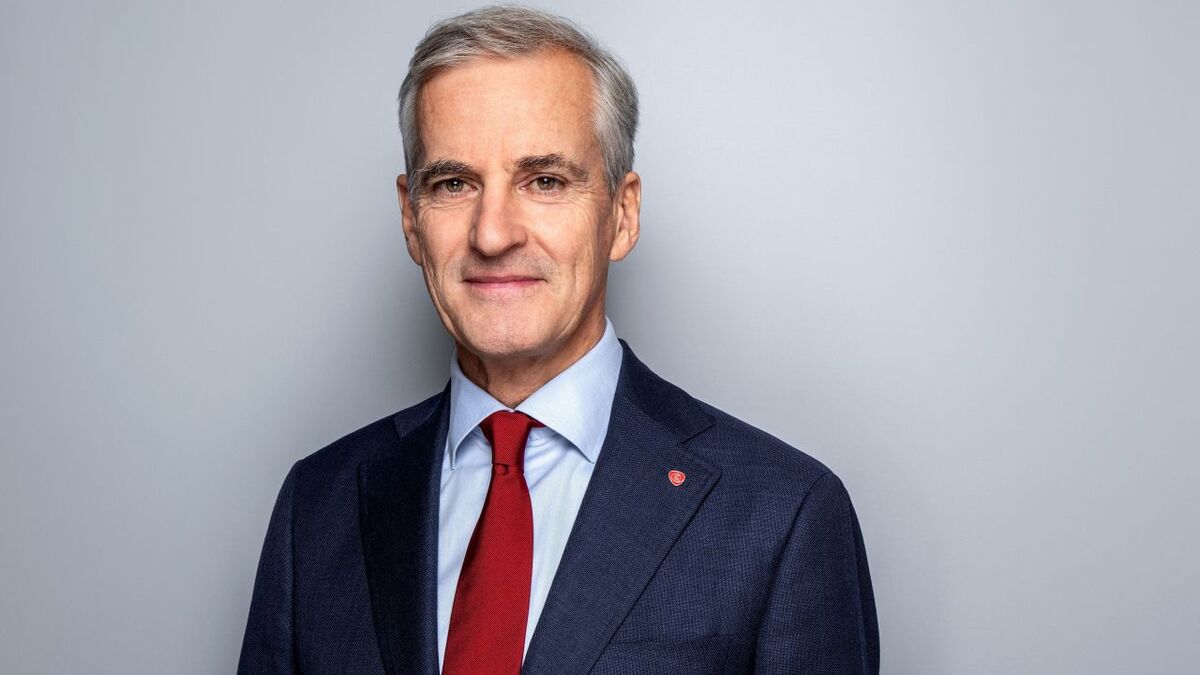Norway’s government has unveiled a plan to invest heavily in offshore wind, setting a target of 30 GW of installed capacity by 2040, almost as much power as is generated in the whole of Norway today
In recent weeks, the government has been heavily criticised for its failure to set long-term targets for offshore wind of the type set by many other countries.
Fears were expressed that its reluctance to set targets for offshore wind – as so many other governments have done – will slow down its rate of adoption in Norway and could jeopardise investor confidence and the country’s export prospects.
An 8 April 2022 supplement to an energy statement issued by the previous Norwegian Government was particularly coolly received by companies in the offshore wind industry, it included little that was new and did not mention targets for offshore wind.
However, in a statement issued 11 May 2022, Norwegian Prime Minister Jonas Gahr Støre said, “From day one in government, we have worked to develop Norway as an offshore wind nation. With favourable sea areas, workers with world-leading expertise and good co-operation between the state and business, we all have the prerequisites for success.
“Today we are launching a large-scale investment in offshore wind. Our ambition is that by 2040 we will allocate areas for 30 GW in Norway. This is a figure that corresponds to almost as much power as we produce today. With this ambition, we go from the two offshore wind turbines that are in operation today to about 1,500 by 2040.”
The Prime Minister described the plan as a milestone in Norwegian industrial and energy history. He said offshore wind was a “green industrial boost” that can provide abundant amounts of renewable energy in the future. “The goal of the development is to give people and companies large amounts of reasonably priced power. If we are to achieve that, we have to invest now. And we must invest on a large scale,” he said.
The Prime Minister also confirmed the government will facilitate development of offshore wind with grid solutions that include the ability to export power from Norway to neighbouring countries. He noted that the Norwegian grid is not capable of handling 30 GW of power from offshore wind, so it is a prerequisite that a significant amount of the power produced will be exported via interconnectors.
In addition, the Prime Minister noted that “increased offshore wind production can also help cover power needs in the petroleum business.”
Minister of Finance Trygve Slagsvold Vedum said, “The goal is to give people and companies large amounts of affordable power, which can create jobs across the country.” The finance minister said the government wants grid solutions “that ensure more power to Norway that also provide good grid solutions for offshore wind investments. This investment is also the answer to electrifying the Norwegian continental shelf,” he said. This latter development will be welcomed by developers, who have been advocating for such a solution.
Norway’s Minister of Petroleum and Energy Terje Aasland said, “We must be fast, but also wise. Our ambition corresponds to a power volume that is on a par with the entire Norwegian power system. We must do this step by step, to learn along the way.”
The government said it aims to award licences for offshore wind in new areas in 2025. The goal is to open a total area about five to six times the size of the Sørlige Nordsjø II, which it recently allocated for offshore wind development.






